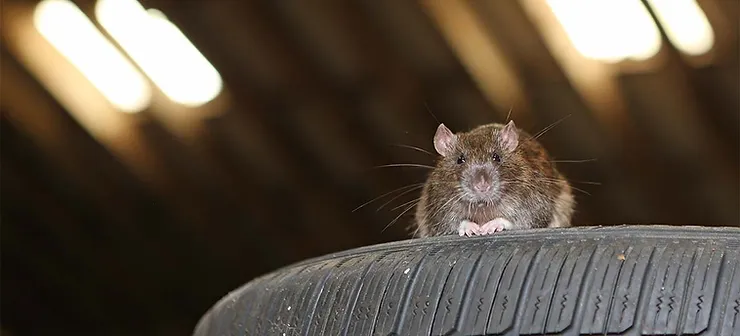By: Emma Lu
When people go to see a car mechanic, it is usually because the car itself is malfunctioning. Whether it be a dead battery or broken brakes, these are all normal reasons to go to a car mechanic. However, in a city with a worsening rat problem, many are forced to see a mechanic because of rats in their cars. Why do rats choose to make their homes in a car? With the changes brought by the pandemic, it’s easy to see why.
As humans had to adapt with the pandemic, so did rats. Rat sightings and calls to New York City’s rodent complaint hotline both rose during lockdown. Because stores and restaurants were shutting down left and right, the rats’ main source of food was gone. As a result, rats were forced to become more aggressive in their search for food. When the lockdown ended, however, the rats didn’t return to their old habits–they continued to build on their new ways.
In fact, they have developed a new set of behaviors such as attacking other urban animals it may compete with. After all, if the rats’ new behavior was more successful, there’s no reason to abandon it.
So why are more and more rats nesting in cars? For one thing, soy-based insulation has grown in popularity, and soy is coincidentally something that rats can’t get enough of. What also doesn’t help is the fact that rats look for warmth, which is conveniently given off by car engines. Cars also give shelter from other animals and humans—no pest control would think to look inside the car. The most obvious reason is the fact that cars tend to be near human establishments, which these city rats rely on to survive.
This situation isn’t entirely the fault of the rats, however. We must remember that the blame is also on the residents of New York City, as they enable the rats to continue to plague the city.
Humans have created the trash and waste that rats continue to thrive on. To solve such a problem, we must start at the roots of the problem: urban hygiene. With the reduction of waste, rats would no longer have to seek shelter or food from humans, effectively solving New York City’s rat problem.











